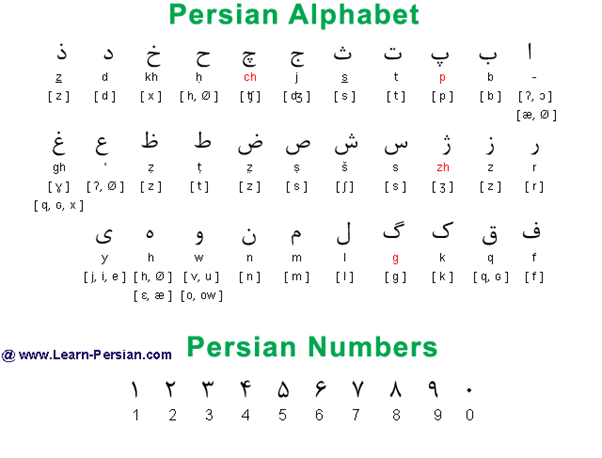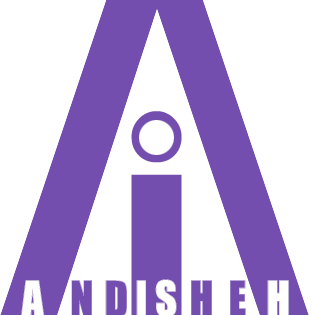Persian Language – Farsi
Persian Language, also known as Farsi, is the most widely spoken member of the Iranian branch of the Indo-Iranian languages, a subfamily of the Indo-European languages. It is the language of Iran (formerly Persia) and is also widely spoken in Afghanistan and, in an archaic form, in Tajikistan and the Pamir Mountain region.
Persian is spoken today primarily in Iran and Afghanistan, but was historically a more widely understood language in an area ranging from the Middle East to India. Significant populations of speakers in other Persian Gulf countries (Bahrain, Iraq, Oman, People's Democratic Republic of Yemen, and the United Arab Emirates), as well as large communities in the USA.
Total numbers of speakers is high: over 40 million Farsi speakers (about 60% of Iran's population); over 14 million Dari Persian speakers in Afghanistan (50% of the population according to CIA World FactBook & Britannica); and about 2 million Dari Persian speakers in Pakistan.
Three phases may be distinguished in the development of Iranian languages: Old, Middle, and Modern. Old Iranian is represented by Avestan and Old Persian. Avestan, probably spoken in the northeast of ancient Persia, is the language of the Avesta, the sacred scriptures of Zoroastrianism. Except for this scriptural use, Avestan died out centuries before the advent of Islam. Old Persian is recorded in the southwest in cuneiform inscriptions of the Persian kings of the Achaemenid dynasty (circa 550-330 BC), notably Darius I and Xerxes I. Old Persian and Avestan have close affinity with Sanskrit, and, like Sanskrit, Greek, and Latin, are highly inflected languages.
Middle Iranian is represented not only by Middle Persian and the closely related Parthian language but also by several Central Asian tongues. Parthian was the language of the Arsacid or Parthian Empire (circa 250 BC-AD 226). Although it is known chiefly through inscriptions of the early kings of the following Sassanian period, Parthian declined when Sassanian power expanded. During the Arsacid period, however, it influenced Persian. The language of the Sassanian Empire (AD 226-641) was Middle Persian, often called Pahlavi (a term more strictly reserved for a form of the language used in certain Zoroastrian writings). Middle Persian has a simpler grammar than Old Persian and was usually written in an ambiguous script with multivalent letters, adopted from Aramaic; it declined after the Arab conquest in the 7th century. Although much of the Middle Persian literature was translated into Arabic, the bulk of its writings was lost during Islamic times. Other Middle Iranian tongues were also spoken in Sassanian Persia or in bordering regions of Central Asia: Khwarazmian, in Khiva; Bactrian, in Bactria; Sogdian, in the vast region of Sogdiana, including the cities of Samarqand and Bukhoro; and Saka (a name associated with various Scythian kingdoms), in Chinese Turkestan. Sogdian produced a body of Christian, Buddhist, and secular literature, and Saka's Khotanese dialect was the vehicle of an important Buddhist literature. Most Khwarezmian texts are from the post-Islamic period. Bactrian is known only in a few recently discovered inscriptions in Afghanistan.
Modern Persian had developed by the 9th century. It is a continuation of an area-wide standard language that had considerable Parthian and Middle Persian elements, with additional influences from other Iranian languages. Written in Perso-Arabic script (an expanded version of Arabic script), it has been the official and cultural language of Persia since it first appeared. Its grammar is simpler than that of Middle Persian, and it has absorbed a vast Arabic vocabulary.


